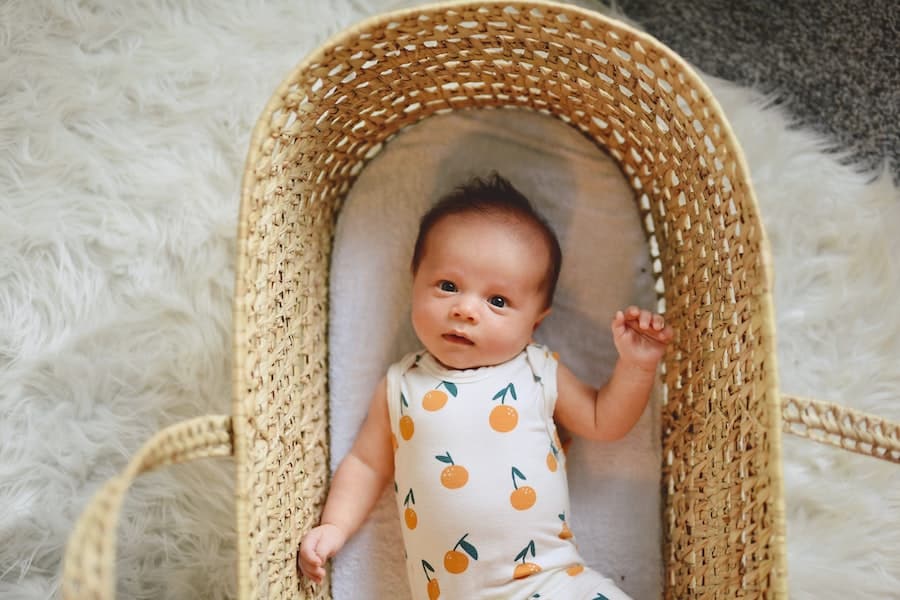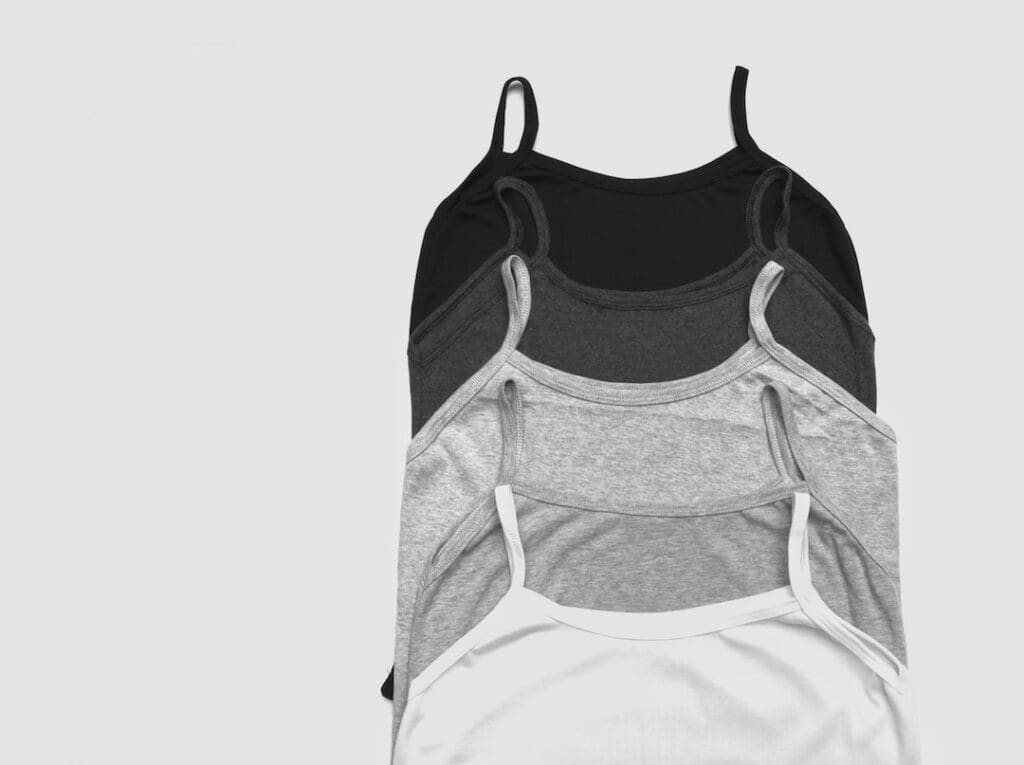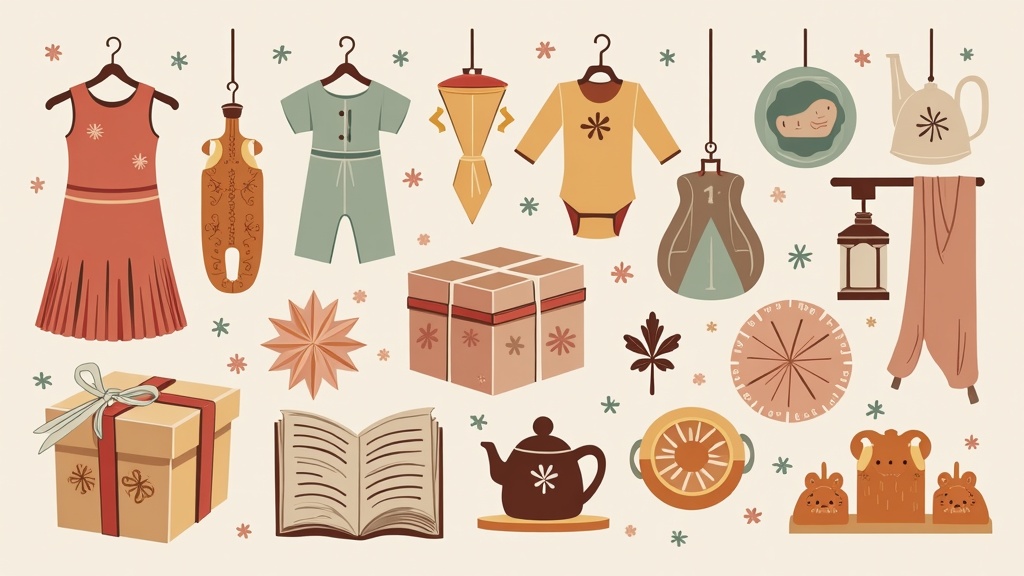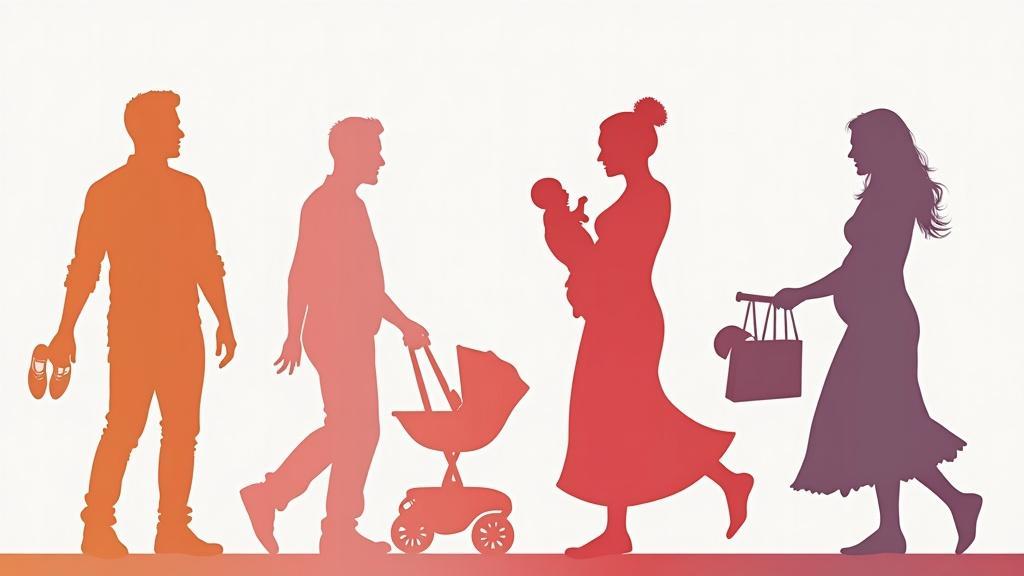Pacifiers are a common tool used by parents to soothe their newborns. They provide comfort and can help reduce the risk of sudden infant death syndrome (SIDS). However, choosing the right pacifier for your baby is crucial. There are various types of pacifiers available on the market, each with its own features and benefits. In this article, we will discuss the importance of pacifiers for newborns, how to choose the right one, and provide tips on pacifier safety and weaning.
Key Takeaways
- Pacifiers can provide comfort and soothe newborns, helping them to sleep better and cry less.
- When choosing a pacifier, consider the size, shape, and material to ensure it is safe and comfortable for your baby.
- Look for pacifiers with features like a symmetrical shape and ventilation holes to promote healthy oral development.
- Breastfed babies may prefer pacifiers with a nipple shape that mimics the breast, such as those made from silicone or latex.
- When considering pacifiers for colicky infants, look for those with a curved shape or special features like a built-in vibration or music function.
- To keep your baby’s pacifier clean and safe, sterilize it regularly and replace it if it becomes damaged or worn.
- While both pacifiers and thumb-sucking can provide comfort, pacifiers are generally easier to wean and less likely to cause dental problems.
- Always supervise your baby when using a pacifier and never tie it around their neck or attach it to their clothing.
- Most babies can be weaned off the pacifier between 6 and 12 months of age, but it is important to do so gradually and with patience.
- Other soothing alternatives for newborns include swaddling, rocking, and skin-to-skin contact with a caregiver.
The Importance of Pacifiers for Newborns
Pacifiers play a significant role in soothing newborns. Babies have a natural instinct to suck, and pacifiers provide them with a safe and appropriate way to fulfill this need. Sucking on a pacifier can help calm a fussy baby and provide comfort during sleep or times of distress.
Furthermore, pacifiers have been found to reduce the risk of SIDS. The American Academy of Pediatrics recommends offering a pacifier at naptime and bedtime to infants up to one year old as it has been associated with a decreased risk of SIDS. While the exact reason behind this correlation is not fully understood, it is believed that sucking on a pacifier helps keep the airway open and prevents the baby from falling into a deep sleep, which can increase the risk of SIDS.
Choosing the Right Pacifier for Your Baby
When it comes to choosing the right pacifier for your baby, there are several factors to consider. First and foremost, you need to ensure that the pacifier is age-appropriate. Pacifiers come in different sizes, designed for different stages of development. It is important to choose a pacifier that is suitable for your baby’s age to ensure proper fit and safety.
Another important factor to consider is the shape of the pacifier. Some babies prefer a specific shape, such as orthodontic or cherry-shaped pacifiers. It may take some trial and error to find the shape that your baby prefers, so it is a good idea to have a few different options on hand.
Additionally, consider the material of the pacifier. Most pacifiers are made from silicone or latex. Silicone pacifiers are more durable and easier to clean, while latex pacifiers are softer and more flexible. Some babies may have a preference for one material over the other, so it is worth trying both to see which your baby prefers.
Top Features to Look for in a Newborn Pacifier
| Feature | Description |
|---|---|
| Size and Shape | The pacifier should be small enough to fit comfortably in the baby’s mouth and have a shape that mimics the natural shape of a nipple. |
| Material | The pacifier should be made of a safe, non-toxic material that is easy to clean and does not retain odors. |
| Orthodontic Design | An orthodontic pacifier can help promote healthy oral development by supporting the natural shape of the baby’s mouth and teeth. |
| Age Range | Choose a pacifier that is appropriate for your baby’s age and developmental stage. |
| Color and Design | While not essential, choosing a pacifier with a fun design or color can make it more appealing to your baby. |
When choosing a pacifier for your newborn, there are several important features to look for. Firstly, the size of the pacifier is crucial. It should be small enough to fit comfortably in your baby’s mouth without posing a choking hazard. The nipple should also be the right length and width to ensure a proper latch.
The shape of the pacifier is another important consideration. Orthodontic pacifiers are designed to mimic the shape of a mother’s nipple during breastfeeding, making them a good choice for breastfed babies. Cherry-shaped pacifiers, on the other hand, have a rounder nipple and may be preferred by bottle-fed babies.
The material of the pacifier is also worth considering. Silicone pacifiers are easy to clean and more durable, while latex pacifiers are softer and more flexible. Some babies may have a preference for one material over the other, so it is worth trying both to see which your baby prefers.
Best Pacifiers for Breastfed Babies
Breastfed babies may have different preferences when it comes to pacifiers. It is important to choose a pacifier that does not interfere with breastfeeding and does not cause nipple confusion. Orthodontic pacifiers are designed to mimic the shape of a mother’s nipple during breastfeeding, making them a good choice for breastfed babies.
Some popular brands that offer pacifiers specifically designed for breastfed babies include Philips Avent Soothie, NUK Orthodontic Pacifier, and Tommee Tippee Closer to Nature Pacifier. These pacifiers have a shape that closely resembles a mother’s nipple, making it easier for babies to transition between breastfeeding and pacifier use.
Pacifiers for Colicky Infants: What to Consider

Colic is a common condition in infants characterized by excessive crying and fussiness. Pacifiers can be a helpful tool in soothing colicky infants, but there are some factors to consider when choosing a pacifier for a colicky baby.
Firstly, consider the shape of the pacifier. Some pacifiers are designed with special features to help soothe colicky babies, such as built-in vents or textured surfaces. These features can help reduce gas and provide additional comfort to a colicky baby.
Secondly, consider the size of the pacifier. A smaller pacifier may be more comfortable for a colicky baby, as it allows for better control and positioning in the mouth. It is also important to choose a pacifier that is easy to hold and manipulate, as colicky babies may have difficulty keeping the pacifier in their mouth.
Lastly, consider the material of the pacifier. Some colicky babies may have sensitivities or allergies to certain materials, so it is important to choose a pacifier made from hypoallergenic and BPA-free materials.
How to Sterilize and Clean Your Baby’s Pacifier
Keeping your baby’s pacifier clean is essential for their health and safety. Here are some tips on how to properly sterilize and clean your baby’s pacifier:
– Before first use: It is important to sterilize a new pacifier before giving it to your baby. You can do this by boiling it in water for 5 minutes or using a sterilizing solution or steam sterilizer.
– Daily cleaning: After each use, wash the pacifier with warm, soapy water. Use a bottle brush or pacifier brush to clean all parts of the pacifier, including the nipple and shield. Rinse thoroughly with clean water.
– Sterilizing: It is recommended to sterilize the pacifier at least once a day, especially for newborns. You can do this by boiling it in water for 5 minutes or using a sterilizing solution or steam sterilizer.
– Avoid microwaving: Microwaving pacifiers can cause uneven heating and may damage the pacifier. It is best to avoid microwaving and stick to boiling or using a sterilizing solution.
– Inspect regularly: Regularly inspect the pacifier for any signs of wear or damage. If you notice any cracks, tears, or changes in the shape of the pacifier, it is time to replace it with a new one.
Pacifiers vs. Thumb-Sucking: Which is Better for Your Baby?
Pacifiers and thumb-sucking are both common ways for babies to self-soothe. However, there are pros and cons to each method, and it ultimately depends on your personal preference and your baby’s needs.
Pacifiers have several advantages over thumb-sucking. They can be easily controlled and removed when necessary, whereas thumb-sucking can be a more difficult habit to break. Pacifiers can also be easily replaced if lost or damaged, whereas a thumb is always available. Additionally, pacifiers have been associated with a reduced risk of SIDS, whereas thumb-sucking does not offer this benefit.
On the other hand, thumb-sucking is a natural reflex that babies are born with. It can provide comfort and help babies self-soothe without the need for an external object. Thumb-sucking is also always available and does not require constant monitoring or cleaning like a pacifier does.
Ultimately, the decision between pacifiers and thumb-sucking is a personal one. Some parents prefer the convenience and benefits of pacifiers, while others prefer the natural and self-soothing aspect of thumb-sucking. It is important to consider your baby’s needs and preferences when making this decision.
Pacifier Safety Tips for New Parents
While pacifiers can be a helpful tool for soothing babies, it is important to use them safely. Here are some important safety tips for using pacifiers:
– Monitor use: Do not leave your baby unattended with a pacifier, especially when they are sleeping. Always keep an eye on your baby while they are using a pacifier to ensure their safety.
– Avoid choking hazards: Choose a pacifier that is the appropriate size for your baby’s age to avoid choking hazards. Regularly inspect the pacifier for any signs of wear or damage and replace it if necessary.
– Do not attach to strings or cords: Never attach a pacifier to a string, cord, or any other object that could pose a strangulation hazard. If you need to keep track of the pacifier, consider using a pacifier clip that is specifically designed for this purpose.
– Clean regularly: Keep the pacifier clean by washing it with warm, soapy water after each use. Sterilize the pacifier at least once a day, especially for newborns.
– Avoid dipping in sweet substances: Do not dip the pacifier in sweet substances, such as honey or sugar water. This can increase the risk of tooth decay and other oral health issues.
When to Wean Your Baby off the Pacifier
At some point, you may decide that it is time to wean your baby off the pacifier. The ideal time to wean off the pacifier varies from child to child, but most experts recommend doing so between 6 months and 2 years of age.
To wean your baby off the pacifier, you can gradually reduce its use. Start by limiting pacifier use to specific times, such as naptime and bedtime. Then, gradually decrease the amount of time your baby uses the pacifier each day. You can also try offering alternative soothing methods, such as a favorite stuffed animal or blanket.
It is important to be patient and understanding during the weaning process. Your baby may experience some resistance or discomfort initially, but with time and consistency, they will adjust to life without the pacifier.
Pacifier Alternatives for Soothing Your Newborn
If you prefer not to use a pacifier or are looking for alternative methods to soothe your newborn, there are several options available:
– Swaddling: Swaddling is a technique that involves wrapping your baby snugly in a blanket. This can help recreate the feeling of being in the womb and provide comfort and security.
– White noise: White noise machines or apps can create a soothing sound that mimics the sounds heard in the womb. This can help calm a fussy baby and promote sleep.
– Rocking or bouncing: Gentle rocking or bouncing motions can help soothe a newborn. You can try rocking your baby in your arms, using a rocking chair, or using a baby swing or bouncer.
– Skin-to-skin contact: Holding your baby close to your skin can provide comfort and security. This technique is especially effective for newborns and can help regulate their body temperature and heart rate.
– Breastfeeding: Breastfeeding is not only a source of nutrition but also provides comfort and soothing for babies. If you are breastfeeding, offering the breast as a means of comfort can be an effective alternative to using a pacifier.
Choosing the right pacifier for your baby is an important decision that can greatly impact their comfort and well-being. Pacifiers provide numerous benefits for newborns, including soothing and reducing the risk of SIDS. When choosing a pacifier, consider factors such as size, shape, and material to ensure a proper fit and comfort for your baby.
It is also important to keep pacifiers clean and practice proper sterilization techniques to prevent the spread of germs. Additionally, be mindful of pacifier safety and monitor your baby’s use to avoid choking hazards.
While pacifiers can be a helpful tool for soothing babies, it is important to remember that they are not the only option. There are alternative methods, such as swaddling and white noise, that can also provide comfort and soothing for your newborn.
In conclusion, choosing the right pacifier for your baby is a personal decision that should be based on their individual needs and preferences. By considering the factors discussed in this article and following safety guidelines, you can ensure that your baby has a safe and soothing experience with their pacifier.



